Bird identification videos

Identifying Ruff
Ruff, with their variable size and plumage, often present identification issues. However, by learning how to recognise Ruff in their various guises through this video, you’ll be able to pick them out with confidence, and have a great reference point for identifying other similar-looking waders.
Identifying Ruff
Ruff, with their variable size and plumage, often present identification issues. However, by learning how to recognise Ruff in their various guises through this video, you’ll be able to pick them out with confidence, and have a great reference point for identifying other similar-looking waders.
Identifying Common & Herring Gull
Love them or hate them, you can't (or shouldn't) ignore gulls. Build up your gull ID skills by learning to recognise two ideal reference species from this versatile and varied family: Common Gull and Herring Gull.
Identifying farmland buntings
Yellowhammer, Cirl and Corn Bunting all breed in farmland in western Europe, and can all present identification challenges. This video guide will help you to learn how to distinguish them using various plumage features, behaviours, vocalisations and more.
Identifying winter buntings
If you find brown, streaky buntings hard to identify, this workshop is for you. Using video footage, still photographs and sound recordings we highlight the differences between four species of bunting that can be found in coastal areas in winter: Reed, Little, Snow and Lapland Buntings.
Identifying Mandarin and Wood Duck
Identifying Eagles
Bird Song Basics - Collared Dove and Woodpigeon
In this video, Training manager Nick Moran explains the differences between Collared Dove and Woodpigeon songs.
Two of our more common garden visitors, they sound very similar - so make sure to find a mnemonic to help you keep them apart.
Identifying Garganey and Teal
Identifying Coot and Moorhen
Identifying partridges
Identifying Linnet and Twite
Identifying Petrels
Identifying diving ducks
Identifying Peregrine Falcon
Identifying Black-tailed and Bar-tailed Godwit
Godwits are large, elegant waders and relatively common in the right habitats at certain times of year. The two commonly encountered species, Black-tailed and Bar-tailed Godwit, should be reasonably straightforward to separate, although their eponymous tail markings may not always be the easiest feature to use! Some birds such as juveniles or out of context lone birds can prove more problematic, however, and this workshop will help you to confidently identify both species.
Identifying female dabbling ducks
Identifying yellow-coloured wagtails
When is a yellow wagtail not a Yellow Wagtail? These bright-coloured summer visitors are declining across much of their range and a frequent mistake is believing that any wagtail showing yellow in its plumage is this species.
This video will help you separate individuals from the more widespread resident Grey Wagtail - which despite the name always shows yellow, and even juvenile Pied Wagtails.
Identifying Ringed Plovers
A handsome little wader, with dapper plumage, runs along in front of you, pausing to daintily pick up morsels of food as it goes. Is this a Ringed Plover, or its less common summer-visiting cousin the Little Ringed Plover? This video workshop will guide you towards the most important differences between these two similar species to enable you to confidently tell them apart.
Identifying Cuckoo
Cuckoos are well-known birds, but their distinctive and eagerly awaited song can be confused with several other species. Despite their popularity, Cuckoos are rarely seen and, when they are, can easily be mistaken for a bird of prey. Let us help you pick out this iconic bird that was once believed to turn into a Sparrowhawk in the winter - neatly explaining it's silence and disappearance outside the breeding season.
Identifying small breeding Grebes
Small grebes in summer are gloriously-coloured birds, but two of the three species are unfamiliar to most. Poor light or frequently encountered partially moulted birds can also cause some identification headaches. Let us help you separate these beautiful birds.

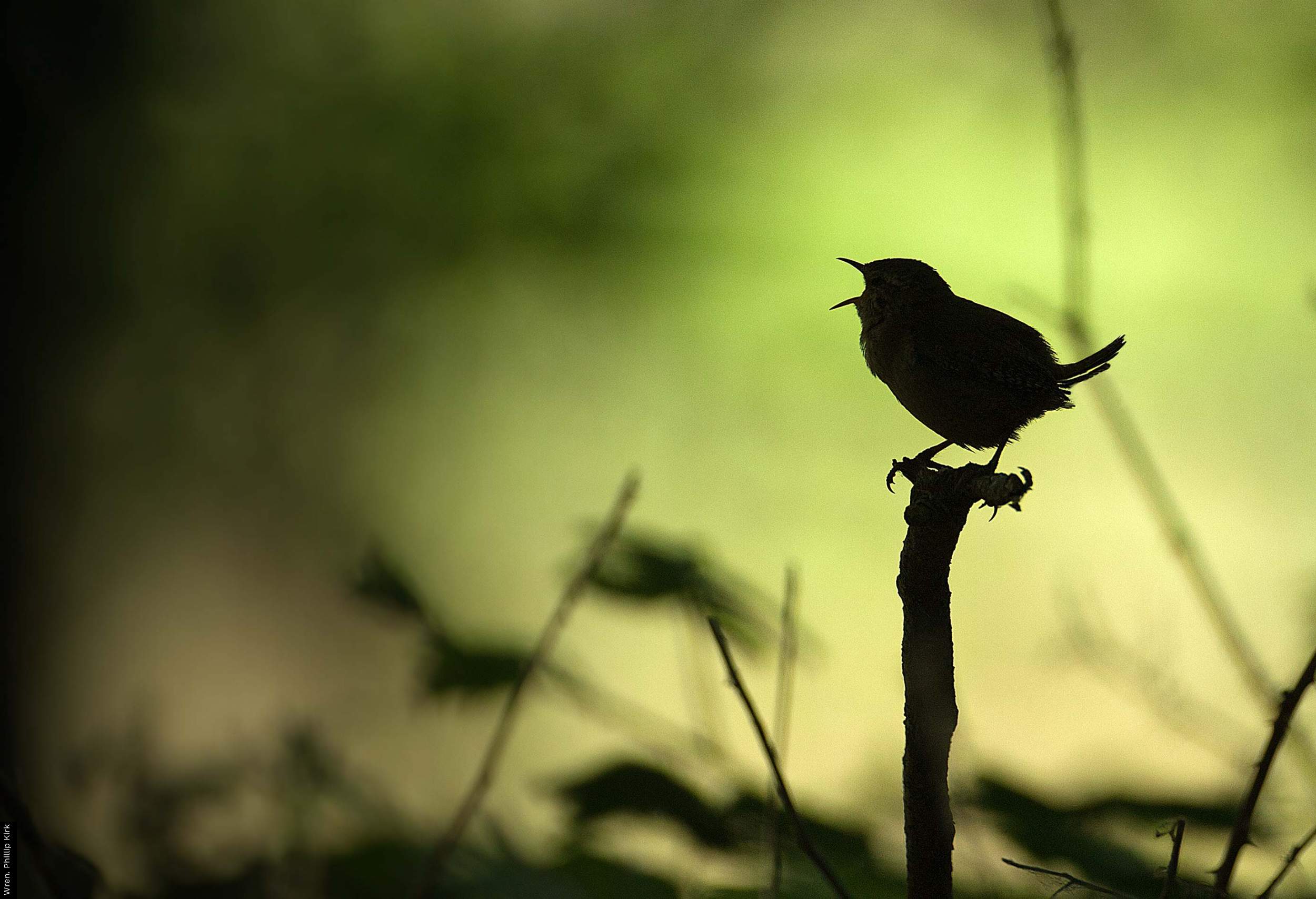
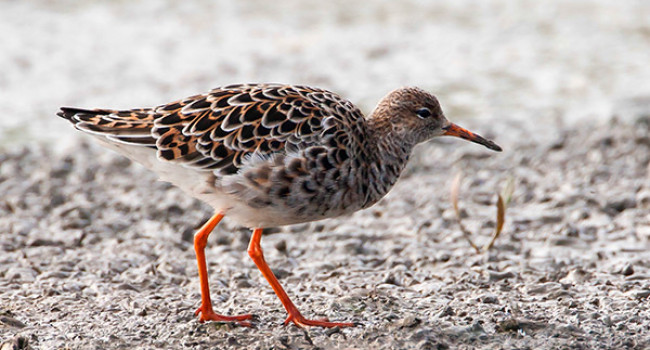
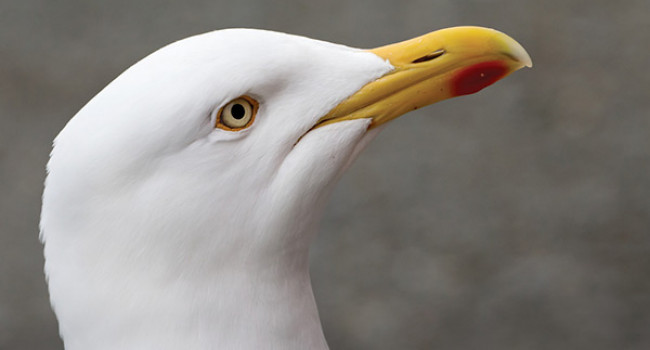

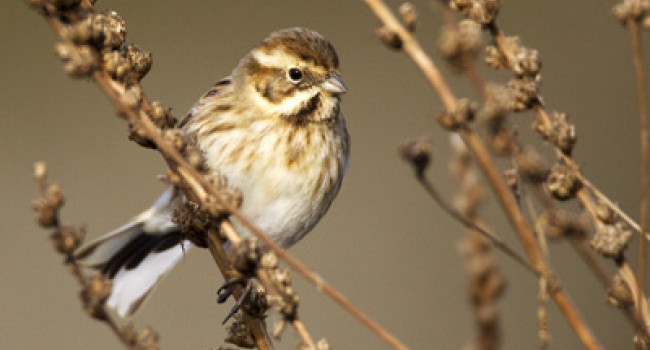
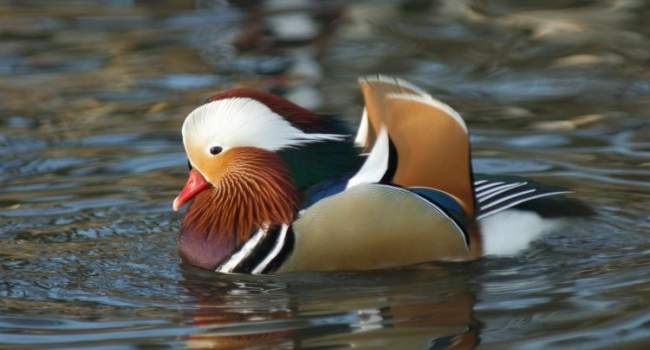
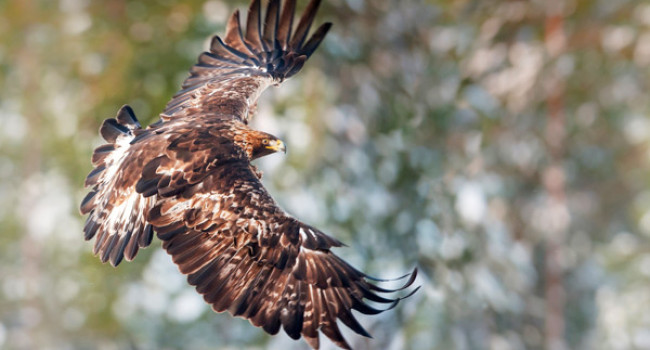
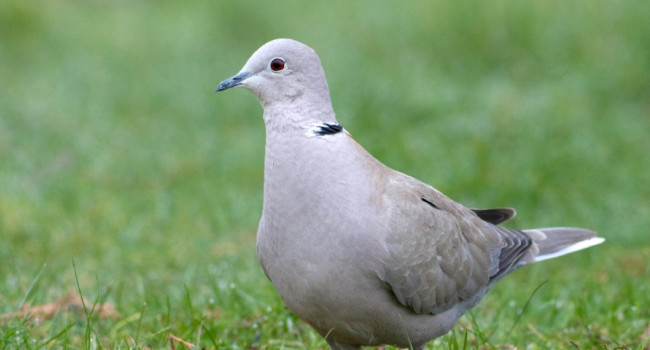
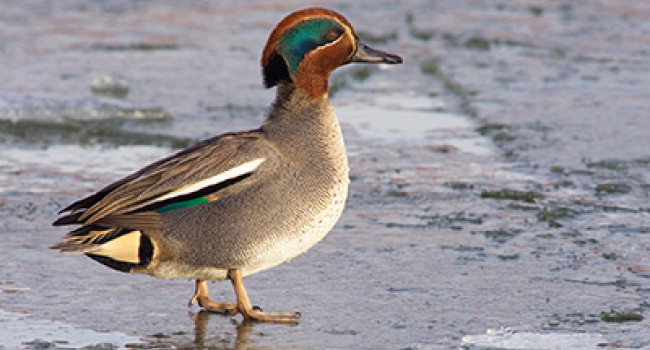
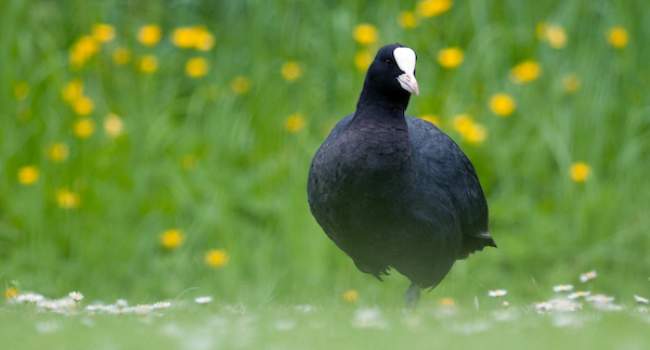
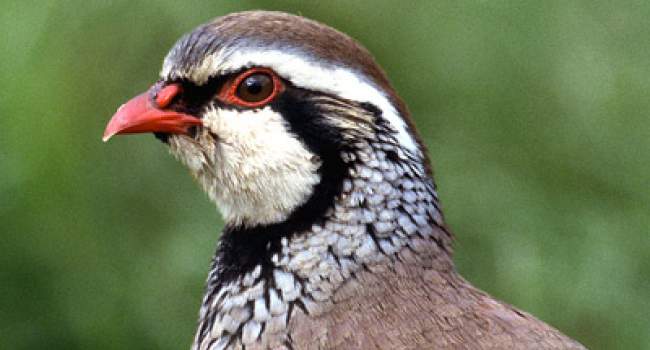
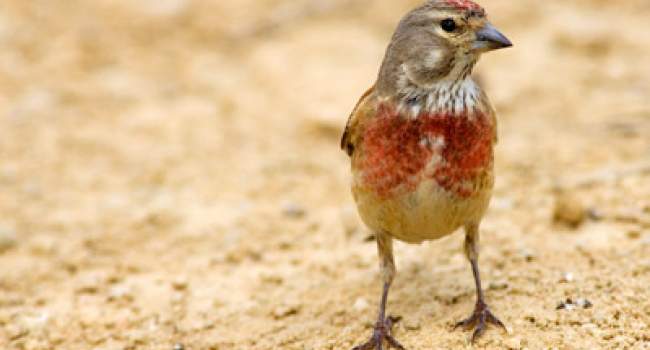


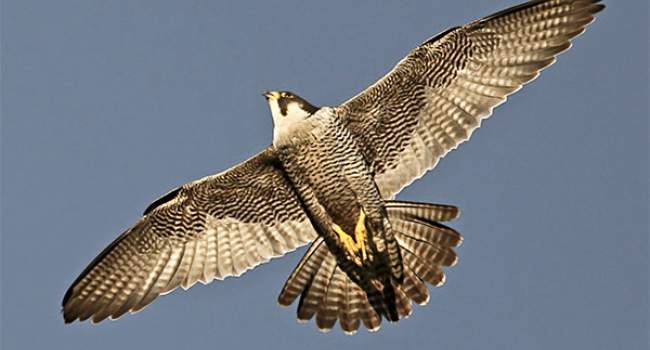
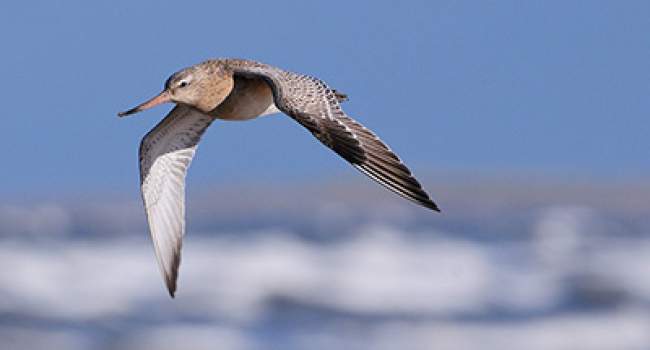
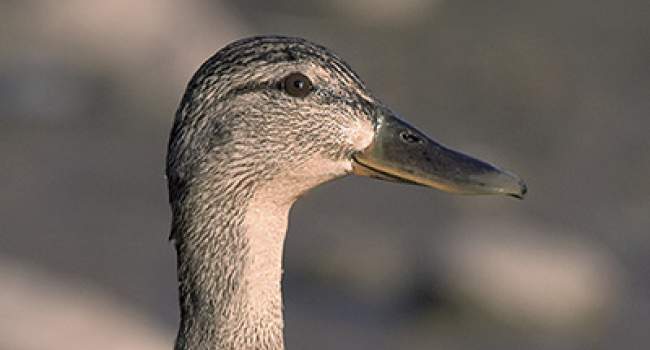
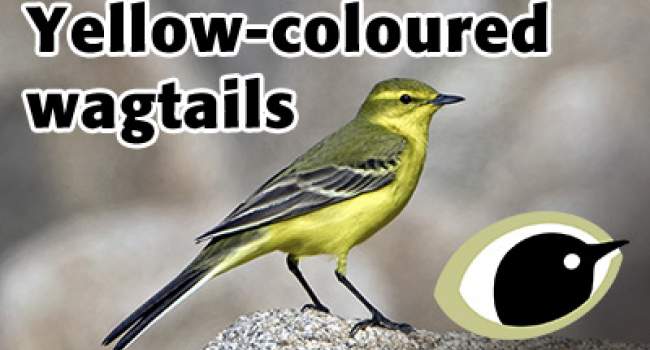
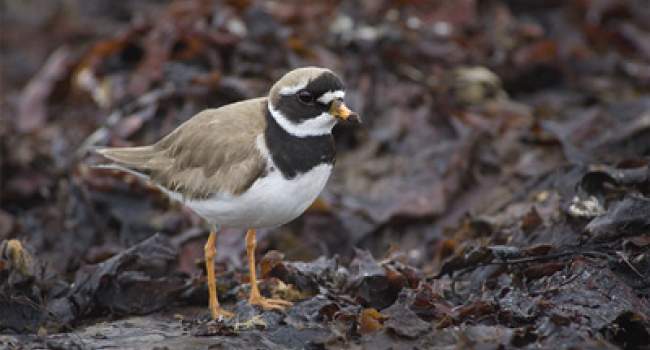
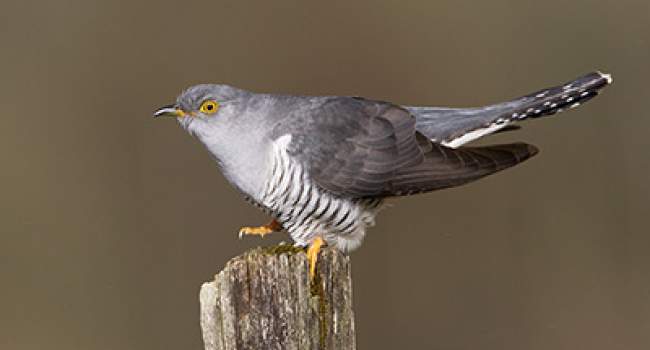
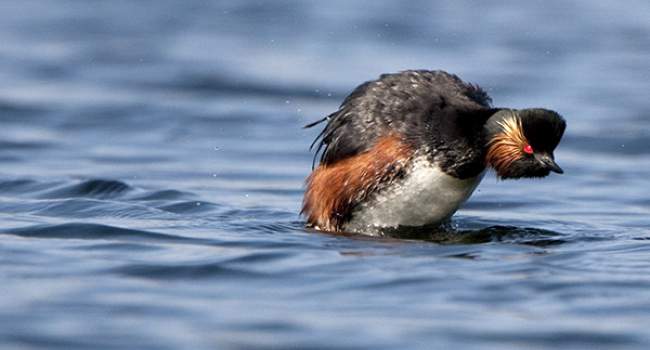




Share this page